This post may include affiliate links.
If you make a purchase, I'll earn a small fee at no extra cost to you.
Yes, you can plant vegetables in September! These 15 veggies can handle the heat without a problem. Includes best varieties, planting tips, and recipes for your harvest.
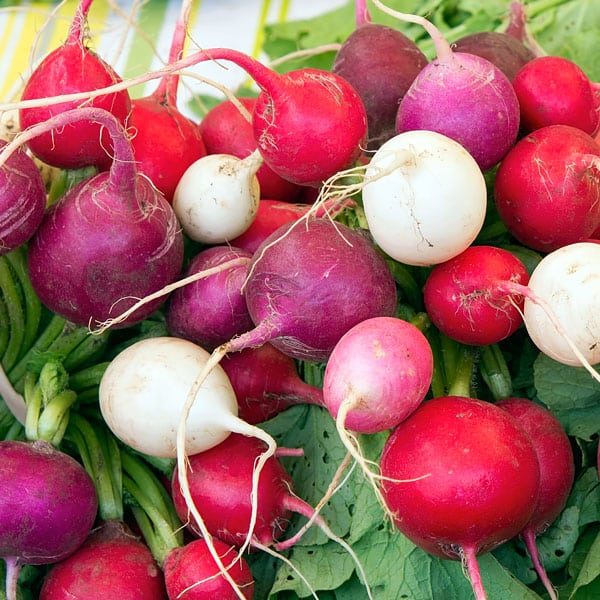
So many people give up on their garden once September rolls around. It’s true that some of the more tender veggies can’t take the heat, but there are many tasty vegetables you can plant in September.
Are you a brand new gardener? Not sure what to plant or when to plant it? I can help.
You’ll find lots of great information in my new book, The First-Time Gardener: Container Food Gardening.
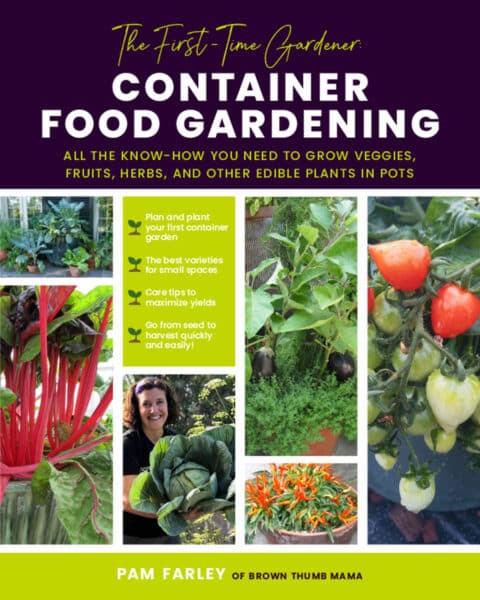
This planting guide for Zone 9 gives you fifteen (yes, 15!) vegetables you can plant in September for a great harvest this fall. Not sure what planting zone you’re in? No problem. This interactive map will tell you.
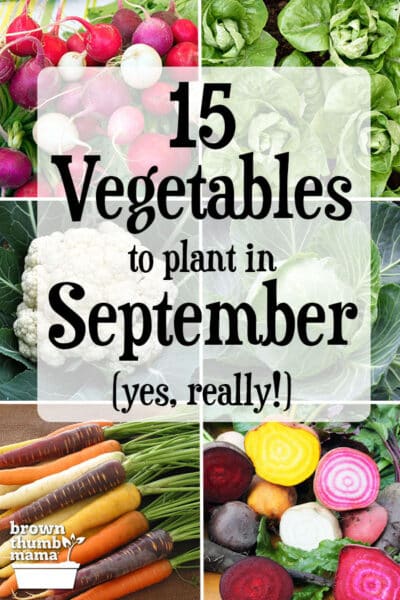
15 Vegetables to Plant in September
No more canned spinach! (Sorry, Popeye.) Once you've grown your own spinach, you'll never settle for frozen or canned again.
Varieties: Anna Spinach is a new variety that's specifically developed to eat as a baby green. It's perfect for spinach salad, stir-fry, omelettes, or even adding to your morning smoothie.
Planting: Spinach is happiest in cool weather, so a garden spot with afternoon shade is ideal. Sprinkle some seeds on the ground, cover with a thin layer of soil, and you'll start harvesting in just 28 days. Learn more about how to plant and grow spinach.
Recipes: I love to make spinach salad with strawberries and a splash of poppyseed dressing.
My goodness, who knew there are so many different kinds of carrots?!? Different colors, different shapes, and yes--slightly different flavors with each. You’ll probably want to try several different kinds.
Varieties: I like Carnival Blend carrots because of their unique colors, and Tonda di Parigi carrots for their adorable shape. Scarlet Nantes is my variety of choice for for traditional carrots.
Planting: Carrot seeds are tiny! You can either sprinkle them on the top of the soil and thin the carrots once they sprout, or use a seed dispenser to make sure they’re spaced properly.
Recipe: Enjoy your garden-fresh carrots in this easy Summertime Slaw recipe.
Radishes are a super easy crop to grow and are a great choice when gardening with kids.
Varieties: Radishes are not just red! I like Easter Egg Blend because you red, white, rose pink, purple, and bi-color (red top, white base) radishes all in the same seed packet.
Planting: In September, plant the seeds directly in the garden. They’ll grow quickly, and you can harvest your radishes when they’re the size of large marbles (in about a month).
Recipes: I love to eat radishes on my salads or just fresh from the garden. When they're small, they're less spicy.
Bok Choi or Pak Choy is a delicious vegetable is often overlooked by home gardeners. If you’ve ever tasted it at an Asian restaurant, you’ll definitely want to grow it in your garden.
Varieties: Toy Choy is a minature variety that tolerates the September heat better than most full-size bok choi.
Planting: Plant seeds outside in September and you'll be harvesting heads with thick, white stems and glossy, dark green leaves in as little as 30 days.
Recipe: Wash carefully, chop, and stir fry with a bit of Black Bean Garlic Sauce. Yum!
Chard is great for new gardeners. It grows vigorously, provides a continuous harvest, and can even survive the winter in mild climates. Ideal, right? Except that if you’re the only person in your family who likes to eat Swiss chard, you will quickly be overrun with it. Ask me how I know.
Varieties: Warnings aside, I like Bright Lights Chard and Five Color Chard because they’re both beautiful and colorful. You could even plant these as ornamentals in your front yard!
Planting: Direct seed in the garden this month, and you’ll be harvesting in November. Learn more about how to grow Swiss chard.
Recipe: I like to chop chard leaves into tiny bits and add it to Italian Meatballs or Homemade Fried Rice.
Going out to the garden to pick a salad for dinner is the best! And, of course, the foundation for a delicious salad is great lettuce.
Varieties: Little Gem Romaine is a petite heirloom variety that has a crisp texture and nutty flavor.
Planting: Lettuce is a cool-weather crop, so plant it later in September or in a shady area. Space your seeds or seedlings about 1 foot apart and ¼” deep. Keep the soil moist and watch for garden pests. Learn more about growing romaine lettuce.
Recipe: When you've picked all the vegetables for your salad, top it off with some homemade croutons.
If you never can seem to use up an entire head of celery from the store, you might think that growing it doesn’t make sense. Au contraire! If you grow celery in your garden, you can harvest individual stalks as needed for amazing flavor and no more wasted heads of celery.
Varieties: My favorite variety is Utah Organic, which is an heirloom celery.
Planting: Direct seed in the garden in September, and start harvesting the outer stalks in December or January.
Recipe: Try this Traditional Cornbread Dressing (or stuffing) recipe with homegrown celery. The taste is amazing!
If you haven’t grown Brussels sprouts before, you are in for a treat. These “baby cabbages” grow on a single stalk like a tiny palm tree.
Varieties: Long Island Improved is my favorite variety. It's been a reliable producer since it was developed in the 1890s...yep, 130 years ago!
Planting: This month, start seeds indoors using DIY Seed Starting Mix, and transfer out to the garden in late October. Don’t worry if you get a cold snap before you harvest in January or February—a light frost actually improves their flavor.
Recipe: Brussels sprouts are so tasty when sauteed with sweet potatoes and bacon.
We call broccoli "happy little trees" as a tribute to Bob Ross. There's nothing like the sense of accomplishment you get from growing broccoli--they're definitely rare in home gardens.
Varieties: Broccoli Di Cicco is my favorite--it reliably produces large heads and then continues to produce smaller offshoots after the main harvest.
Planting: Start your broccoli seeds indoors using DIY Seed Starting Mix, and transfer out to the garden in October.
Recipe: Roasted Broccoli with Garlic and Parmesan is an easy recipe the kids will love.
Fresh beets are so much better than those awful canned things we had as kids. And did you know that beets are full of fiber, potassium, folic acid, and vitamin C?
Varieties: I like this Gourmet Blend because it includes 3 different types of beets: Detroit Dark Red with deep red roots and delicious dark green tops, Chioggia with interior rings of bright pink and white, and Golden with bright yellow flesh.
Planting: Plant seeds directly in the garden in September and harvest in November, when roots are between 1-3 inches in diameter.
Recipe: Instead of roasting or pickling your beets, try this delicious beet kvass.
Yes, everybody is turning cauliflower into stuff like pizza crust and rice, but it's still delicious roasted, with a splash of lemon juice.
Varieties: Snowball Y cauliflower is ready to harvest in just 75 days, so you'll be eating cauliflower before you know it.
Planting: Start your cauliflower seeds indoors using DIY Seed Starting Mix, and transfer out to the garden in October.
Recipe: Cauliflower and Butternut Squash soup is perfect for a crisp fall day.
Lots of folks make fun of kale because it’s in everything. Kale chips, kale smoothies, kale salad...the list goes on and on. There’s a reason for this, though. One cup of kale contains more than your recommended daily value of vitamins K, A, and C. It also has lots of trace minerals, like copper, manganese, phosphorus, and selenium.
Varieties: I like Red Russian Kale, which you grow as a baby green. Cut the leaves after about 25 days and you’ll have tender, tasty kale. Then the plant will regrow for another harvest. Cool, right?
Planting: Plant seeds directly in the garden in September and you’ll be harvesting your first crop of baby greens in October.
Recipe: I like to chop baby kale finely and sneak it into a salad, or add it to Homemade Fried Rice or Baked Italian Meatballs.
Leek plants resemble a long, fat green onion. The white lower portion has a mild onion flavor, and the green tops are stronger tasting.
Varieties: King Richard Leeks grow quickly and are ready to harvest earlier than other types.
Planting: Direct seed in the garden, ¼ inch deep and 6 inches apart. Seedlings will sprout in 10-14 days, and you’ll harvest about 60 days after that.
Recipe: You can substitute leeks for onions in most dishes. Potato leek soup is a classic, and this version is made in the Instant Pot.
Don’t be afraid of collard greens! Collards are full of fiber, antioxidants, and Vitamins K and A. The large leaves are delicious when steamed, and they also make fantastic wraps (a low-calorie substitute for tortillas).
Varieties: I get my collard seeds from the good folks at Redwood Seeds.
Planting: Sow directly in the garden and allow 2 feet between plants. Collards are a cabbage that doesn’t form a head, so they need room to spread out.
Recipe: Pick the young leaves to add to your green smoothies, and let some leaves grow to add to hearty winter soups.
The biggest danger to cabbage (in my garden, anyway) is from critters like slugs and cabbage worms. Here's a neat trick I use to keep the bugs away from my precious crop.
Varieties: Copenhagen Market is my favorite cabbage to grow. It was developed in 1909 and is the standard for many varieties that were developed after it. It’s great for small gardens and container gardens.
Planting: Direct seed in September with 1-2 feet between plants, and start harvesting in late November.
Recipe: My favorite cabbage dish is so easy, you don’t need a recipe. Fry up diced bacon and onions in a pan. Then add chopped cabbage and stir-fry until the cabbage is just softened. Yum!
In September, you can also plant bold salvia, showy zinnias, and lots more plants that attract hummingbirds and butterflies.
Want to know what to plant every month?
Knowing which vegetables to plant in each growing season ensures your plants will thrive and give you a great harvest. Check out my Vegetable Garden Planting Schedules so you know exactly what to plant each month of the year.
More of What to Plant This Month
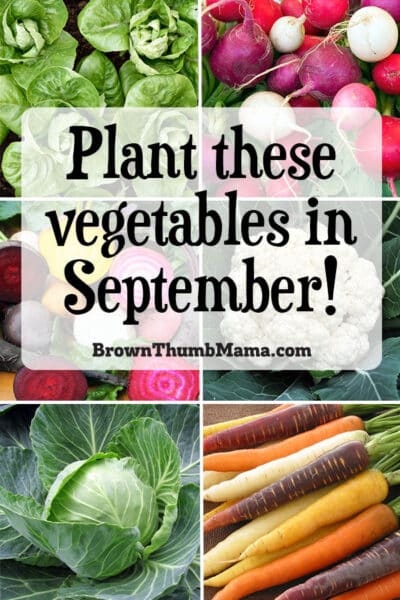

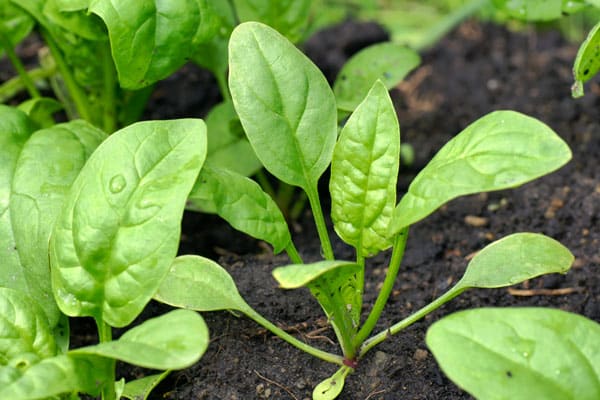
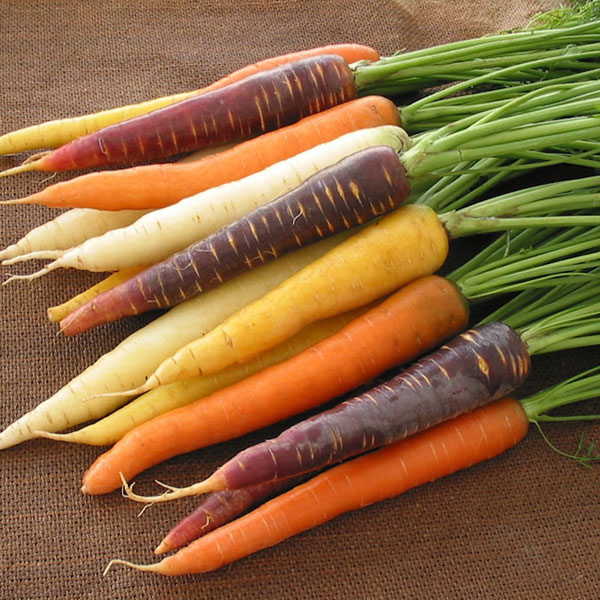
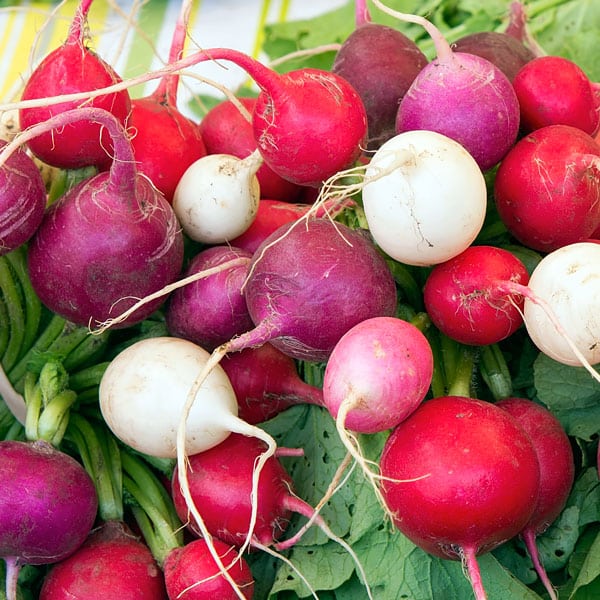
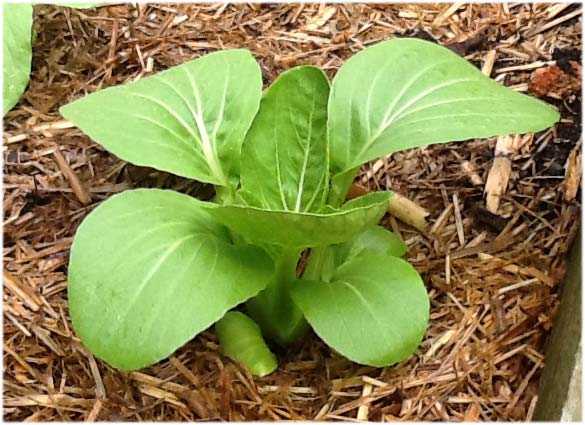
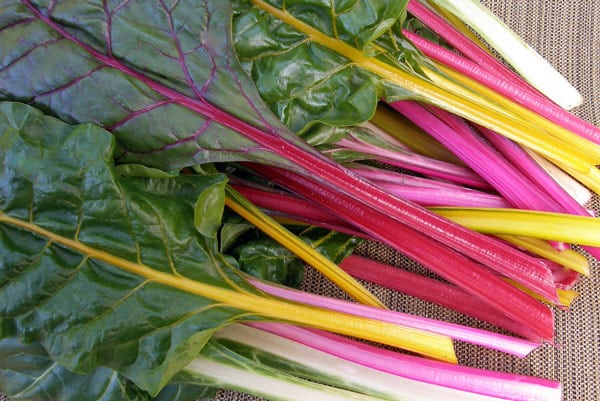
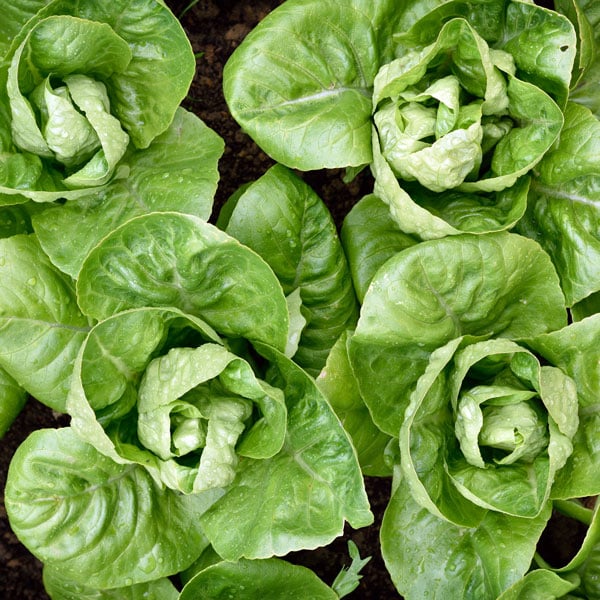
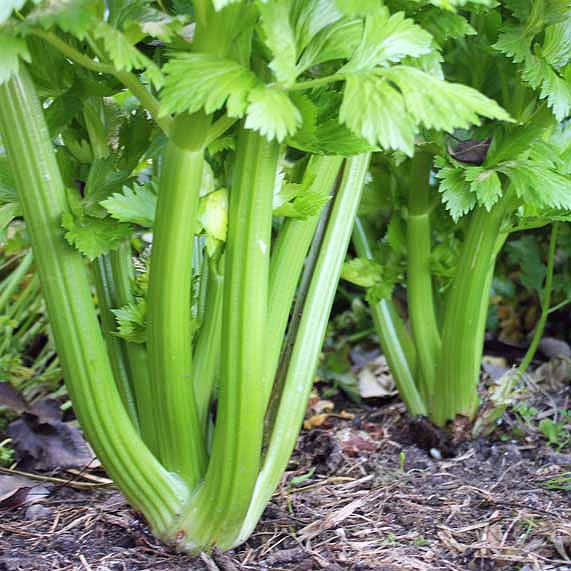
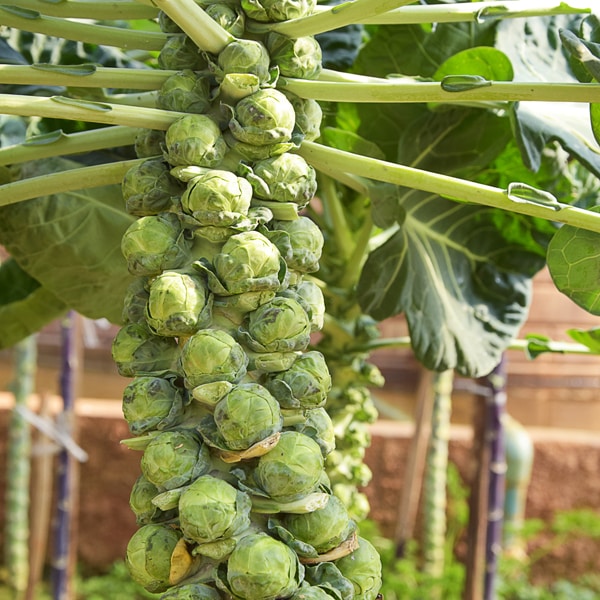
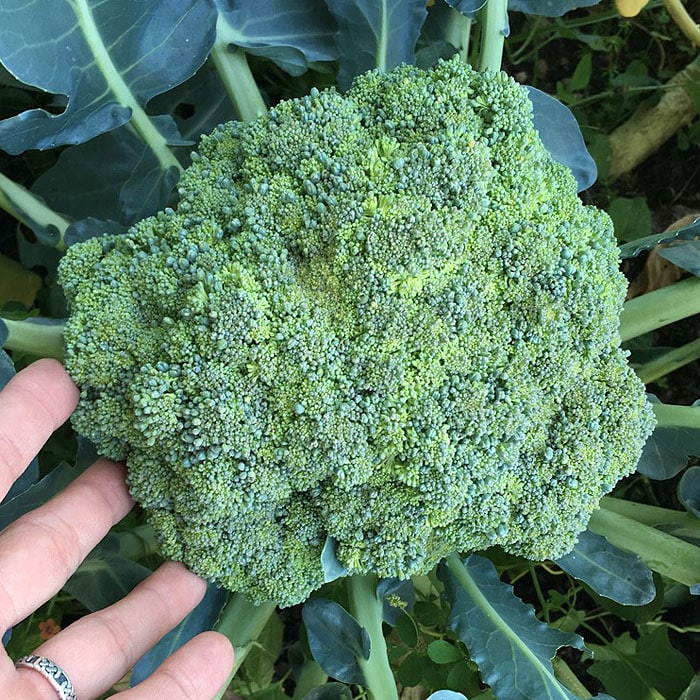
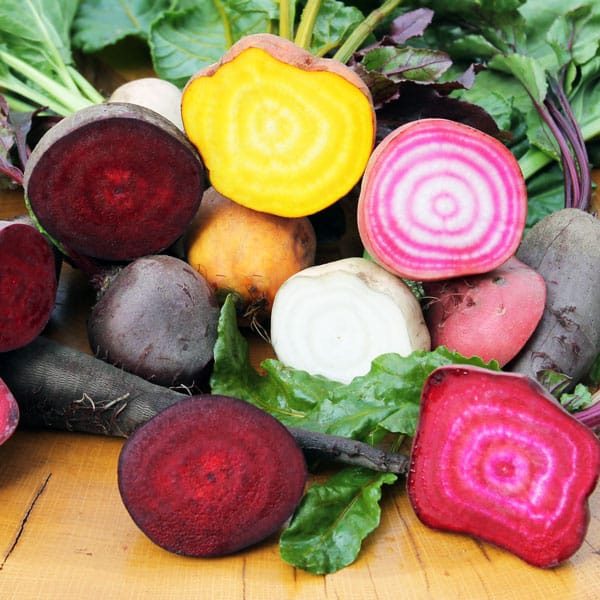
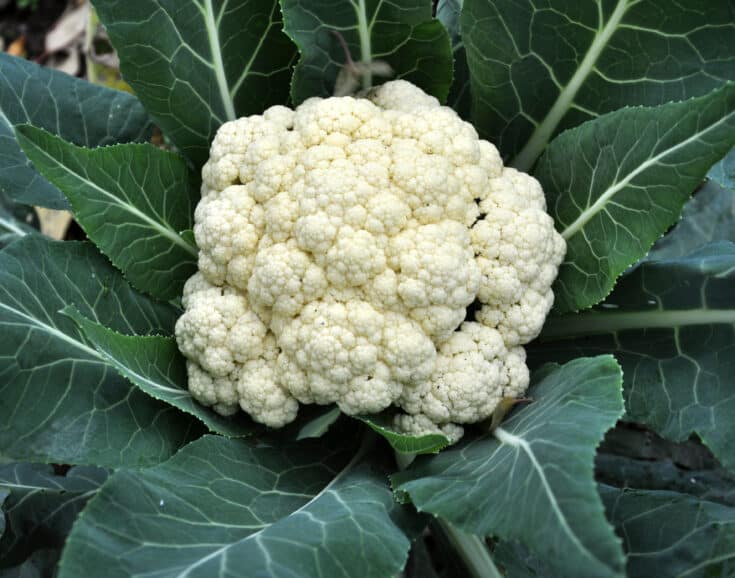
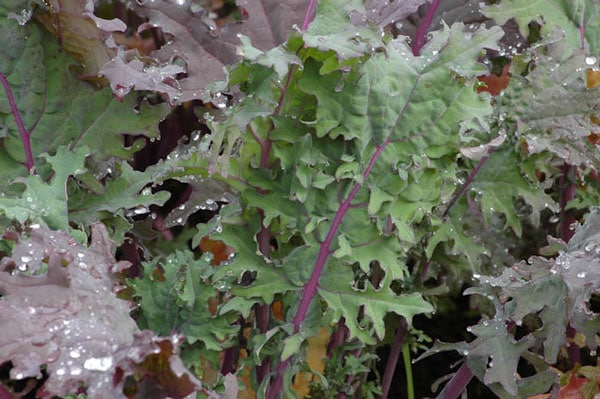
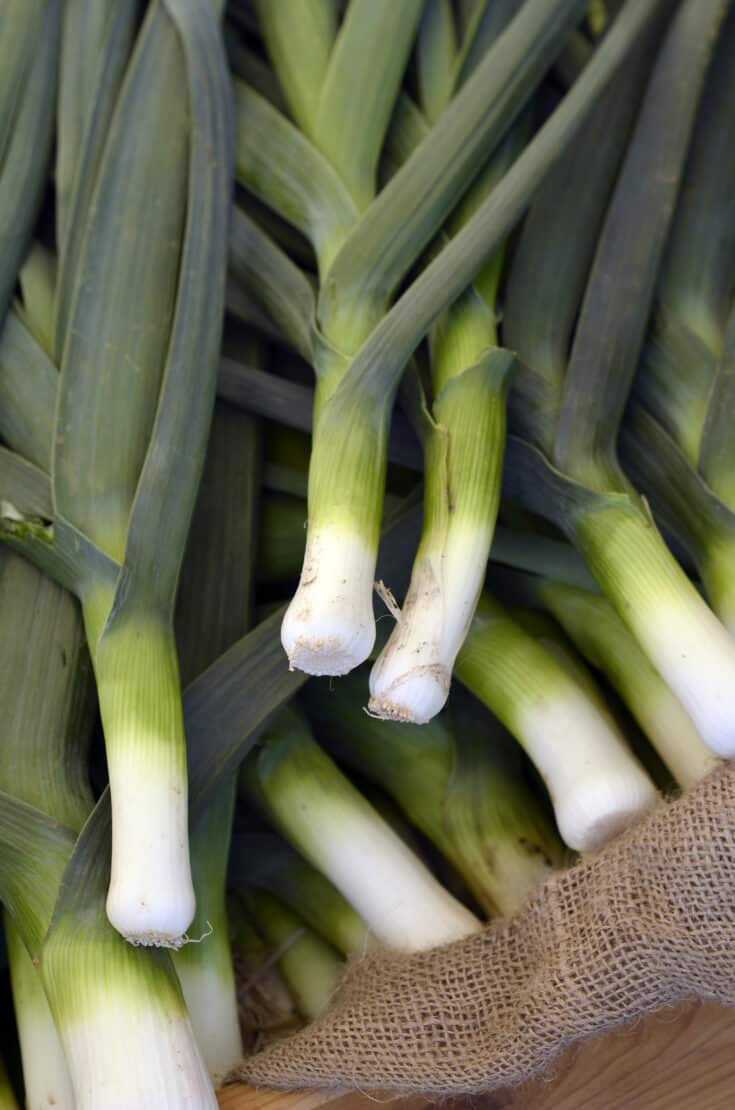
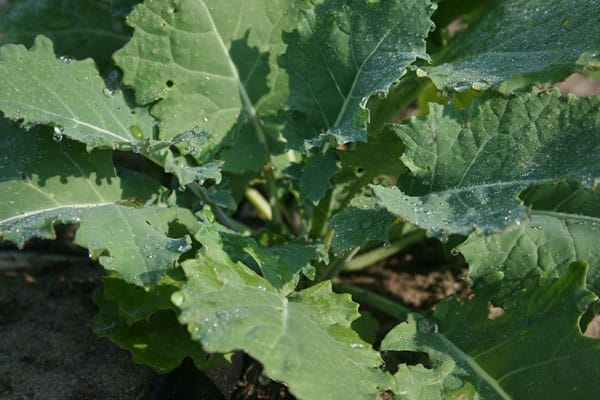
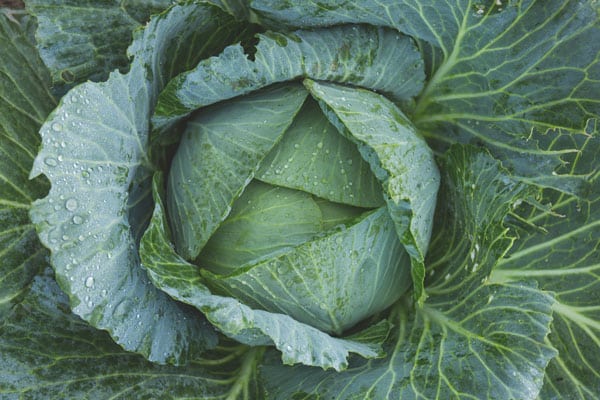
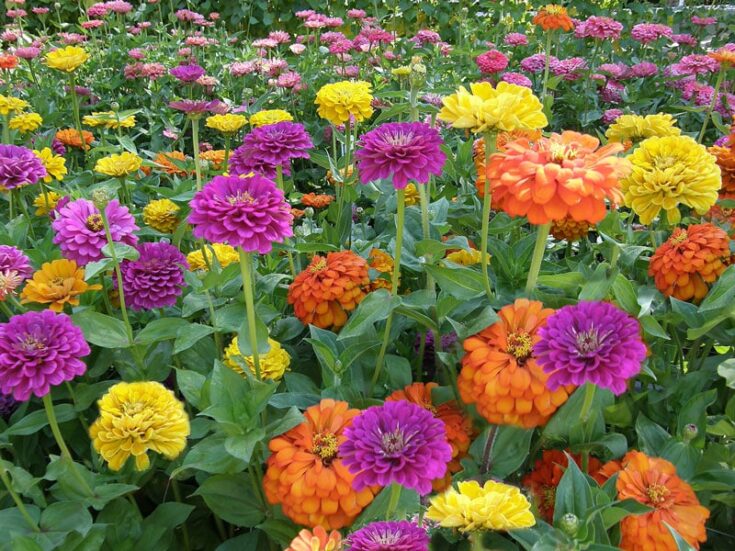

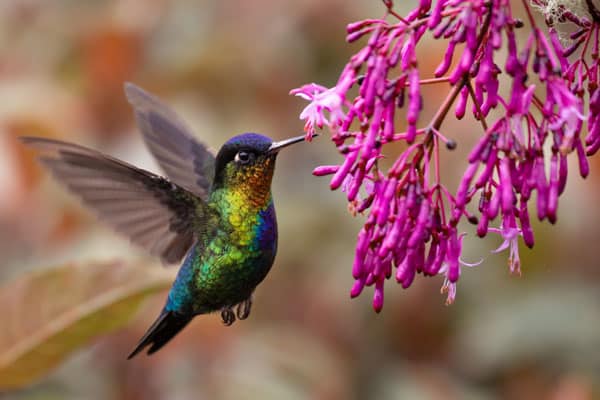

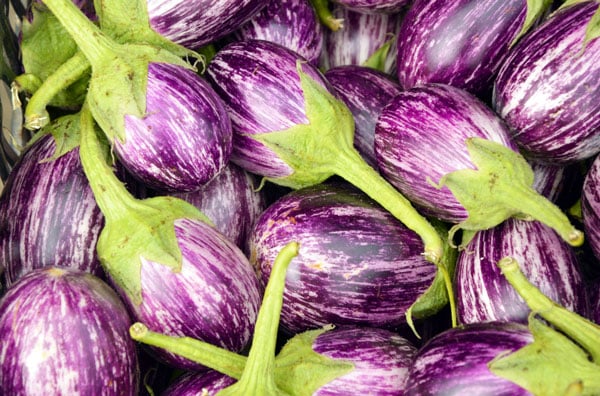
It would be nice if you would share planting for Zone 6″ once in awhile, thanks
Near Corpus Christi Texas